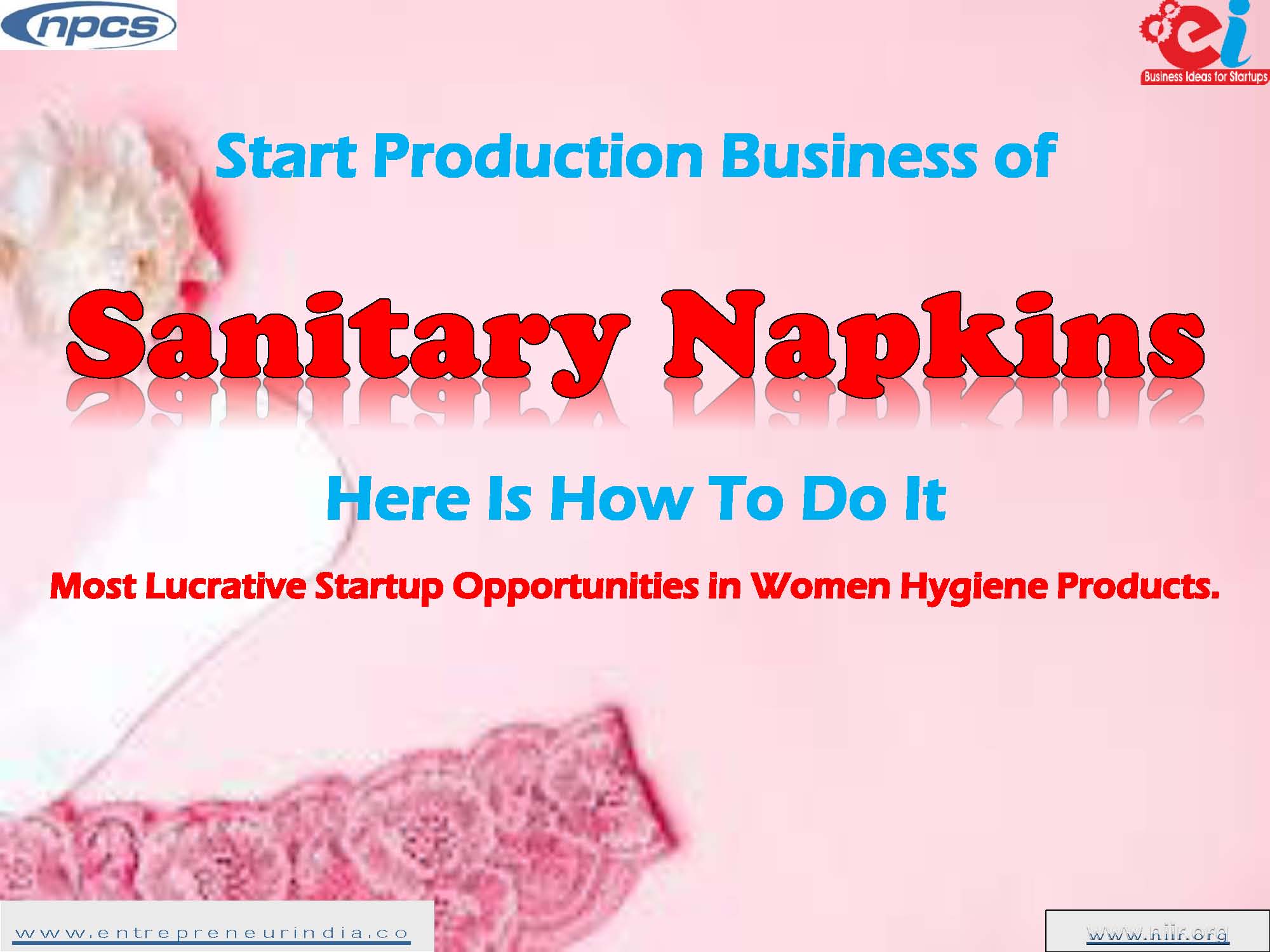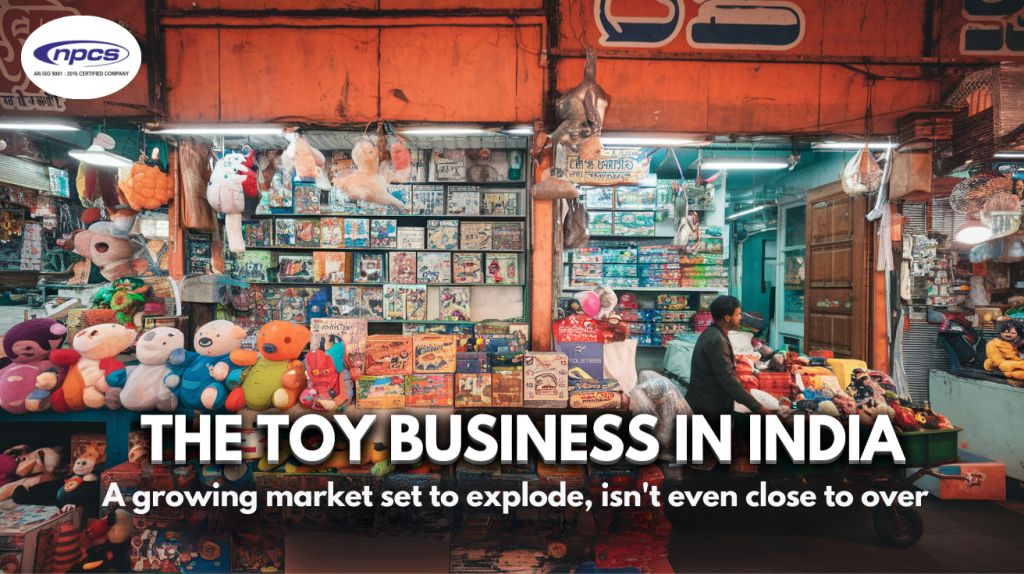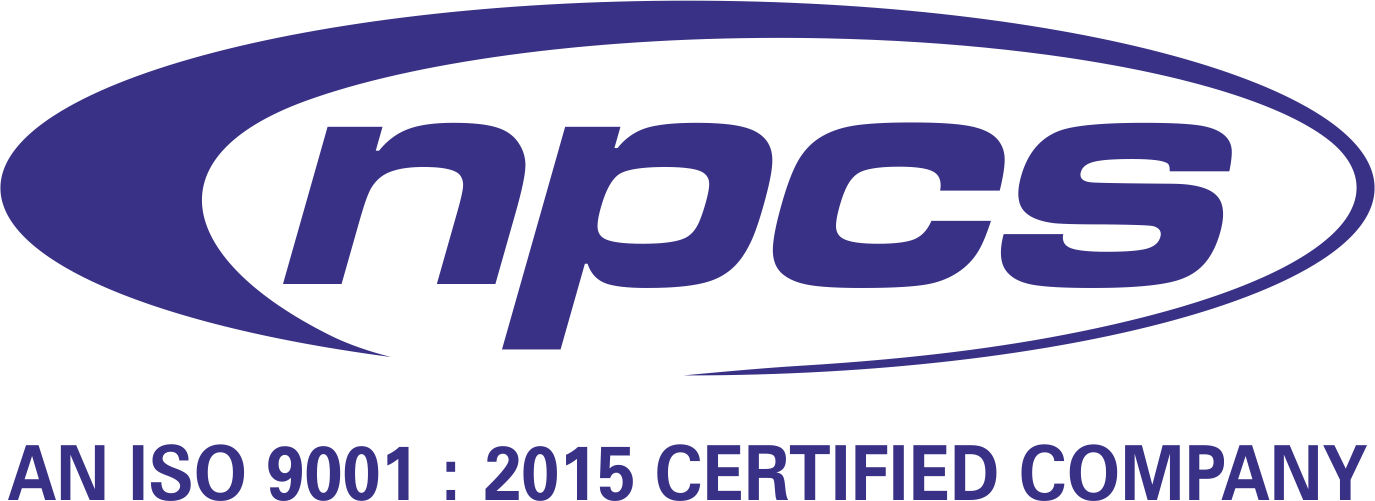
Introduction:
A sanitary pad, also known as a sanitary napkin or a menstrual pad, is a thin absorbent pad that absorbs menstrual fluid during menstruation. Some sanitary pads are disposable and designed to be used only once. The majority of sanitary pads on the market are disposable.
Related Projects: Hygiene Products, Essential Personal Hygiene Products, Feminine Hygiene Products
The majority of reusable sanitary pads are cotton pads that may be washed, dried, and reused multiple times. Sanitary pads are available in a variety of shapes and sizes, each with a distinct absorbency capacity for days of heavy and light menstrual bleeding. Menstrual pads come in a variety of materials, which vary by style, place of origin, and brand.
Books: Books & Databases
The pads are not in the same category as incontinence pads, which have a higher absorbency and are worn by those who suffer urine incontinence or stress incontinence. Although menstrual pads are not designed for this purpose, some women do.
Start a Business in Asia, Click Here
Start a Business in Africa, Click Here
Different Types of Sanitary Napkins:
Disposable Sanitary Napkins come in a variety of styles:
- Panty liner: For everyday vaginal discharge, light menstrual flow, “spotting,” slight urinary incontinence, or as a backup for tampon or menstrual cup use.
- Ultra-thin: A very small (thin) pad that may be as absorbent as a Regular, Maxi/Super, or Super-thin pad but with less volume.
- Regular: A pad with a medium level of absorbency.
Related Project: Sanitary Napkins
- Maxi/Super: A bigger absorbency pad that is especially useful at the beginning of the menstrual cycle, when menstruation is frequently the heaviest.
- Overnight: A lengthier pad with an absorbency ideal for overnight usage to provide greater protection while the wearer is lying down.
- Maternity: These are slightly longer than a maxi/Super pad and are designed to absorb lochia (bleeding after childbirth) as well as pee.
Start a Business in India, Click Here
Start a Business in Middle East, Click Here
Uses:
Women use menstrual pads to absorb period flow and protect their clothing and belongings. They are usually individually wrapped to make carrying them in a handbag or bag easier and more unobtrusive. This wrapper can be used to wrap dirty pads before throwing them away in the proper containers. Some women prefer to use toilet paper to wrap the pads instead of (or in addition to) the wrapper, which is often composed of slick plastic with a little tape tab and may not adhere well.
Related Video: Sanitary Napkins
Menstrual pads of any kind should not be flushed since they can clog the toilet. Soiled pads are nearly always placed in a receptacle in public bathrooms in developed countries. If gauze is unavailable or insufficient, they make good first-aid dressings for excessive bleeding due to their high absorbency. Menstrual pads are used by many women who have urine incontinence to control bladder leaks.
Related Videos: Sanitary Napkins, Baby and Adult Diapers, Feminine Hygiene Products, Sanitary Pads, Sanitary Towel, Menstrual Pad, Maxi Pad
Menstrual pads, on the other hand, are meant to absorb menstrual flow and are not as successful at absorbing urinary leakage; incontinence pads are. If a woman is menstruation and does not have sanitary napkins on hand, she may use toilet paper as a temporary substitute.
Looking for Most Demandable Business Ideas for Startups, Click Here
Business Ideas with Low, Medium & High Investment, Click Here
Market Outlook:
In the year 2020, the sanitary napkin industry will be worth almost USD 521.5 million. Between 2021 and 2026, the market is predicted to increase at an annual rate of 11%, reaching a value of around USD 975.4 million. Hygiene and health of women are key problems all around the world. A sanitary napkin is an absorbent material that a woman uses during her menstrual period. The materials used to make sanitary napkins are cellulose, polyethylene, and cotton. Manufacturers are expected to boost their CSR (corporate social responsibility) initiatives relating to women’s hygiene and focus on unexplored rural markets.
Profile- Project Reports & Profiles
Wings napkins, aromatic napkins, quilted linings, panty liners, and pad thickness reduction are only a few of the key advances in the sanitary napkin business. Traditionally, sanitary napkins have been constructed of rayon and hydrophilic wood pulp. Fluids soak slowly through these materials. Manufacturers are currently adopting ultra-absorbent polymers and non-woven materials that absorb fluid faster than standard sanitary napkins. Furthermore, these materials reduce the sanitary napkin’s thickness.
Start a Business in Feminine Hygiene Industry, Click Here
During the forecast period, all of these factors are projected to boost the sanitary napkin market. Various factors such as changing sanitary napkin buying habits, an increase in the number of working women, more awareness about female hygiene, and rising health concerns are all contributing to the global market’s rise. Governments are also encouraging enterprises to run hygiene campaigns and develop marketing strategies in order to modify women’s opinions and build their self-confidence and self-esteem, propelling the global sanitary napkin industry.
Start a Business in Potential Countries for Doing Business, Click Here
Best Industry for Doing Business, Click Here
For More Details: Click Here
https://bit.ly/399b5ZH
ð‚ð¨ð§ððšðœð ð®ð¬
NIIR PROJECT CONSULTANCY SERVICES, DELHI
An ISO 9001:2015 Company
ENTREPRENEUR INDIA
106-E, Kamla Nagar, Opp. Mall ST,
New Delhi-110007, India.
Email: npcs.ei@gmail.com
Tel: +91-11-23843955, 23845654, 23845886
Mobile: +91-9097075054, 8800733955
Website: https://www.entrepreneurindia.co
https://www.niir.org
Contact Us








